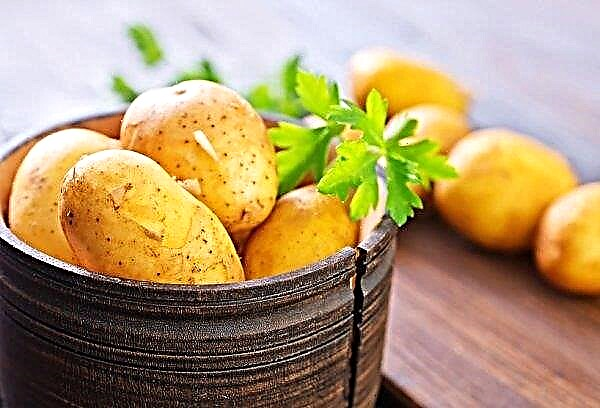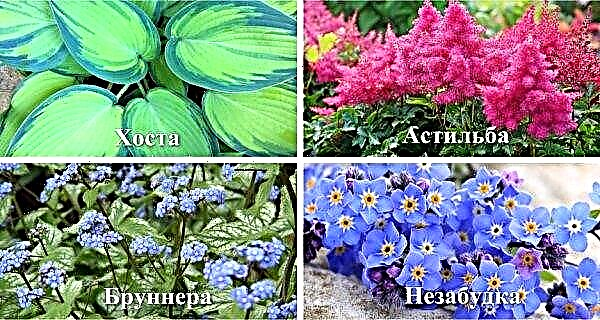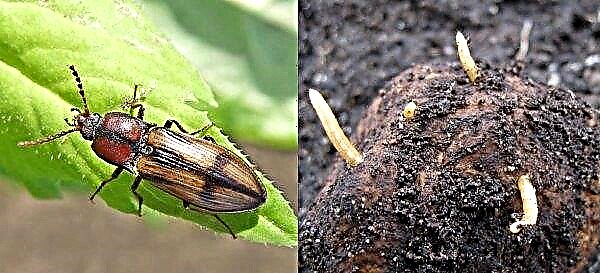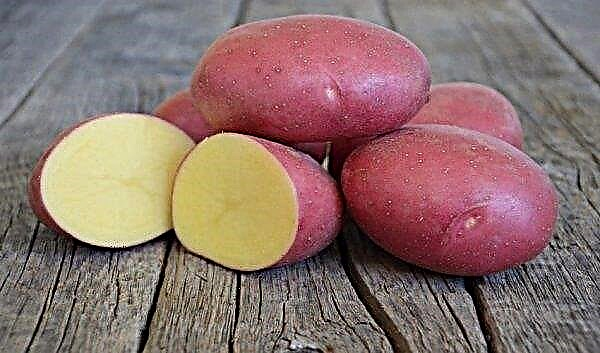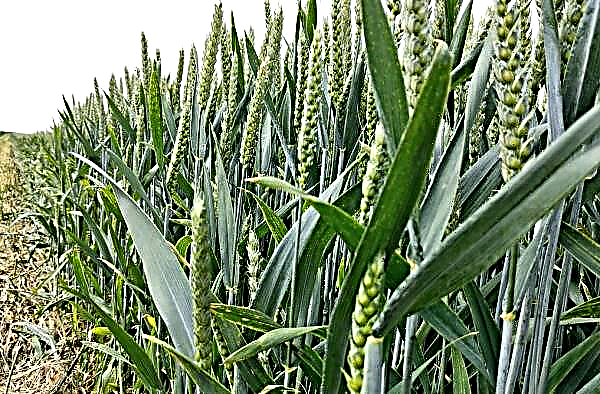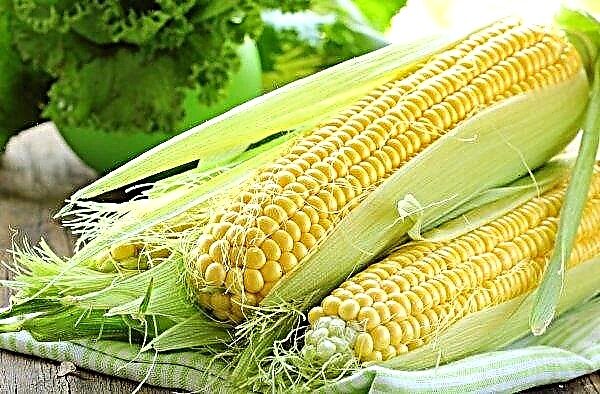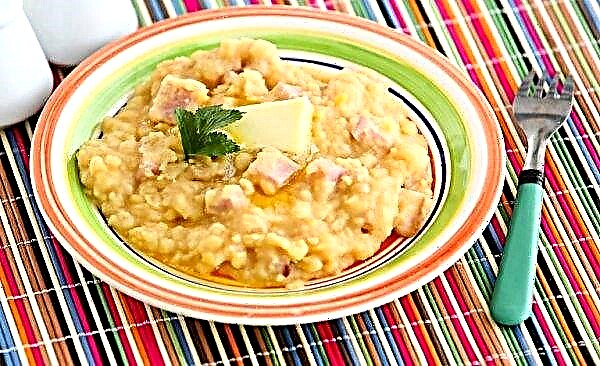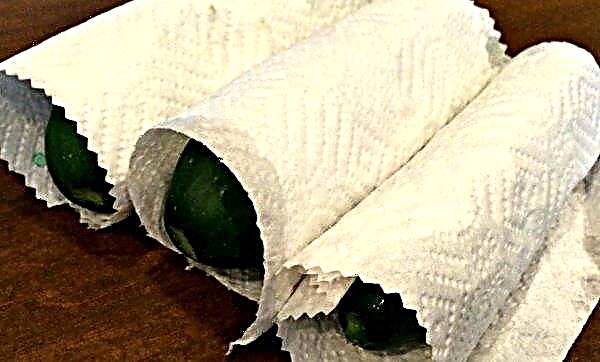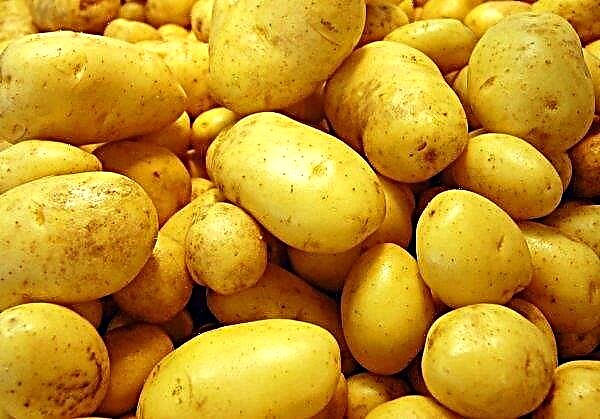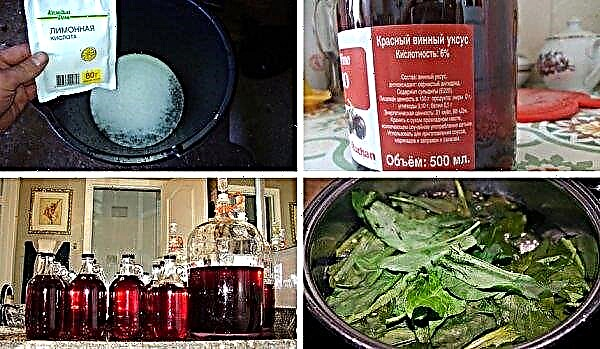Often, steppe, cereal-grassy and field crops are used for landscaping and decorating gardens, flower beds and lawns in order to give them a natural, natural look. One of these plants is a very spectacular barbed mane. You will learn about the characteristics, methods of sowing and how to grow it from the article.
What is maned barley
Barbed mane is a perennial herb with green ears and silky, long, mane-like reddish setae at the ends, for which the plant got its name. It is found in the wild mainly in North America, Eastern and Western Siberia, Central Asia. But since the culture is rapidly spreading by self-sowing, today this type of barley can be found all over the world in areas with a temperate and warm climate. In many countries, it is considered a weed.
But since the culture is rapidly spreading by self-sowing, today this type of barley can be found all over the world in areas with a temperate and warm climate. In many countries, it is considered a weed.
Important! The prickly awns around the seeds of barley can penetrate the gums and digestive tract of animals (when grains are eaten), causing irritation and inflammation.
Description and botanical characteristics:
- stalks - grassy, greenish-purple, round, hollow, vertically arranged, with thickened knots of dark color. They grow in the form of a bundle of grass from a mass of fibrous surface roots with a shortened rhizome;
- leaves - grayish-green, ribbed, rough texture to the touch due to short, thick bristles. Leaf plates alternate along the stem and have a length of 10-15 cm, grow from loose, chopped bases covered with numerous soft hairs. Sheet plates, 3–6 mm wide, taper to the top with sharp ends;
- bloom occurs in late spring or early summer. Tiny dense flowers are held in the form of ears of corn with very long (5–10 cm) awns (bristles). The flower ear is green with pink or purple hues. At maturity, the color of the awn turns into a straw or almost white color;
- the seeds (grains) ripen in September - October. They are elliptical, yellowish-brown, 6 mm long, with 4–8 awns up to 7 cm in length and tiny pointed teeth along the edges. Small fruits have sharp, backward-facing beards, are contained in long ears that, when ripe, turn brown and begin to decay in late summer or autumn. Seeds can be dispersed over long distances by the wind, cling and spread by animals and birds;
- average plant height - 60 cm, diametrical distribution - 50 cm;
- hardy culture (up to –35 ° С) and drought-resistant, it can tolerate heat, salinization, dry areas and alkaline soils.
 This is grass in the cool season, so its most active growth occurs in the spring. Maned barley is often used as an annual plant in the garden.
This is grass in the cool season, so its most active growth occurs in the spring. Maned barley is often used as an annual plant in the garden.
Landscape design application
Estimated places for accommodation are flower borders and flowerbeds, architectural landscaping of cottages and informal landscapes in a natural, “wild” style, coastal gardens, as the culture easily tolerates salinity. Plantings look especially impressive when planted in the form of a large wide strip, where pale pink flowers and silver ears will move in waves in the wind. Plants that combine well with Hordeum jubatum are sage, delphinium, rudbeckia, mountain onion, flax, stonecrop, oregano. This culture is suitable for rock gardens, rocky hills and gravel beds. When placing use the front or middle border of planting.
A few seedlings are enough for her to quickly create a green carpet. This view is also great for garden bowls and containers. At the end of the season, the seed heads become silver-white and look great in dried compositions, giving them airiness, nebula and mystery. To do this, the stems are cut in the initial phase of maturation, when the inflorescences are collected in a dense spike and hold their shape well. The cut material is bound and dried in suspension. Fresh ears are perfectly combined in bouquets with wild wildflowers.
Landing
Before planting, it is advisable to familiarize yourself with the life cycle of the plant in order to understand the characteristics of growth and distribution. Maned barley is usually annual in a cold climate, but it can take on the characteristics of a short-lived perennial plant, provided there is sufficient irrigation.
Seeds germinate at mild autumn temperatures, usually after heavy rain. During this period, plants manage to stock up and retain nutrients in the roots for the winter. When the low temperature period ends, plants that sprouted in autumn and wintered resume growth in early spring, giving barley a competitive advantage over many other crops.
Important! The seeds of mane barley very quickly lose their viability in the soil if sown deeper than 7 cm. If they cannot germinate within three years, then this opportunity will be lost.
They are joined by new spring shoots and possibly several shoots. Hordeum jubatum is drought tolerant enough to fully develop during the dry summer, but its seeds will not be able to germinate in warm soil. The process is held back by high temperatures and a long daylight hours (a dark period is necessary for seed), therefore seeds that fall into the soil in the summer will be ready to sprout only in the fall. Barley does not breed from rhizomes, so it must compensate for its reproduction by maximizing the number of seeds, and each plant produces hundreds of them.. The branched roots of barley form a dense sod layer, and occupy a large area, displacing the rhizomes of other plants and weeds. This increases tillering and makes it possible to sprout a whole bush of stems on one root, giving up to 5-7 spikelets from each plant. Spreading to new soil areas, the seeds fall into the ground and, having received the necessary period of darkness, continue the life cycle, germinating in the fall. Before sowing, as a decorative plant in the garden, it is necessary to prepare the site and seed.
The branched roots of barley form a dense sod layer, and occupy a large area, displacing the rhizomes of other plants and weeds. This increases tillering and makes it possible to sprout a whole bush of stems on one root, giving up to 5-7 spikelets from each plant. Spreading to new soil areas, the seeds fall into the ground and, having received the necessary period of darkness, continue the life cycle, germinating in the fall. Before sowing, as a decorative plant in the garden, it is necessary to prepare the site and seed.
Landing time
Seeds of decorative culture can be planted directly in the open in spring, when the threat of spring frost passes. The most favorable time for sowing is March - April. For autumn planting, days in September - October are chosen. Maned barley is easily sown independently, but rooted by small roots at a soil depth of not more than 7 cm, which allows you to remove, replant or remove unwanted seedlings.
Site selection and soil preparation
The plant allows the use of a wide range of soil conditions - dry, alkaline, saline soil, clay soil. Flexibility in adapting to any conditions can be observed in a surprisingly wide pH range - 6.4–9.5. But preference is moist, well-drained soil. It is permissible to loosen heavy soils by adding sand, and the bottom of the hole is covered with a layer of expanded clay or other drainage material. Environment - full sun (6 hours of direct light daily) or partial shade. In the shade, it retains decorativeness for longer (within 60 days) due to the longer aging of the ears. Accommodation is possible on small slopes and hills. Lowlands and stagnant rainwater should be avoided. To protect against lodging from wind and rain, it should be planted under the protection of taller plants. The sowing place must be dug up, fertilizers and compost added, remove weeds and rhizomes, loosen and level the seed layer of soil.
In the shade, it retains decorativeness for longer (within 60 days) due to the longer aging of the ears. Accommodation is possible on small slopes and hills. Lowlands and stagnant rainwater should be avoided. To protect against lodging from wind and rain, it should be planted under the protection of taller plants. The sowing place must be dug up, fertilizers and compost added, remove weeds and rhizomes, loosen and level the seed layer of soil.
Seed preparation
The preparation of seed consists in sorting and selecting seeds - they must be cleaned of plant debris, sorted and calibrated, only whole and large seeds are selected. Only in this case should we expect good shoots.
Before sowing, the seed must undergo stratification, during which it is exposed to cold and humidity for 1-2 months in the refrigerator. After - seed should be placed on top of the peat layer in containers, and covered with a film.
Seed Planting Rules
Landing can be represented in the form of the following methodology for the work:
- In the prepared soil, make holes or small grooves, the bottom of which is slightly compacted so that the seeds do not fall under the clods of the earth and lie at the same depth.
- Pour water and place seeds.
- Depth of embedding - surface sowing, and then sprinkling with a dry layer of soil no more than 3 mm.
- The seeding rate is 4-5 seeds per plant.
- The average germination time is 7-14 days in a bright place.
- The sowing place should be kept moist until seedlings appear if the weather is dry.

Seedling planting
You can grow a culture in a seedling way. To do this, sow seeds on pallets or in pots in March at a temperature of + 15 ... + 20 ° C, cover with a film and keep the soil moist, periodically spraying. Seedlings after a week, first appears in the form of thin vertical leaves covered with short dense hairs. The plates have rough edges. If necessary, seedlings dive or thin out. Under favorable weather conditions, seedlings are planted on prepared sites.
Did you know? From barley, which is cultivated as an agricultural crop, cereals are made - pearl barley and barley, and fried beans are used as a substitute for coffee.
It is advisable to cover the place with branches to prevent damage and pecking by birds. You can combine the seedling method with the stratification process and sow the seeds in small containers with moist soil, close it tightly and refrigerate for 1-2 months. A few weeks before planting, the container is placed in a warm room, seeds are germinated, and then the sprouts are planted in a permanent place. To get a beautiful thick and wide border, you can plant 2-3 seedlings in each hole.
Features of care after planting
Barley mane is so unpretentious culture that caring for it after planting is minimized and does not cause much trouble to the gardener. If last year's seedlings remained, then in spring you should remove the nondescript leaves and cut off the dry stems to give fresh grass growth.
Keep the soil moist until the seeds germinate, and then thrive, leaving a distance between the plants of 30-60 cm. Maned barley will continue to multiply in the garden on its own, so you should regularly weed the plants and remove the seedlings from undesirable places. To avoid aggressive propagation, it is necessary to prune the inflorescences before the seeds open and ripen.
Watering and fertilizer
The plant is drought tolerant, but for young seedlings it is necessary to constantly moist soil at the surface in order to root well. In the future, as a rule, there is enough natural rainfall and only moderate watering is required as the soil dries up in hot periods. In general, Hordeum jubatum tolerates drought better than excess moisture. In early spring and late summer, a layer (about 1 cm) of compost soil or humus can be applied to the area where barley grows. This will provide sprouting seedlings with additional nutrition so that the grass is lush and tall. You can make nitrogen fertilizers in the form of ammonium nitrate (15 g per 1 m²). In the fall, fertilizers with a predominance of potassium are used, and the introduction of nitrogen bait is excluded.
In early spring and late summer, a layer (about 1 cm) of compost soil or humus can be applied to the area where barley grows. This will provide sprouting seedlings with additional nutrition so that the grass is lush and tall. You can make nitrogen fertilizers in the form of ammonium nitrate (15 g per 1 m²). In the fall, fertilizers with a predominance of potassium are used, and the introduction of nitrogen bait is excluded.
Loosening
Barley has a small, fibrous root system, which makes it very susceptible to soil cultivation. Loosening is carried out superficial, to a depth of not more than 5–7 cm. But even in the case of minor damage, it quickly recovers and re-grows under favorable weather conditions.
Did you know? The tallest cereal plant is bamboo, capable of reaching a height of 50 m, and its trunk is a hollow straw.
The process of loosening not only fills the soil with oxygen, but also allows you to get rid of weeds that can drown the fragile shoots of barley. In the future, as it grows, it will occupy a leading position and it will not have competitors.
Diseases and Pests
No serious pests were observed on the barley plantings, therefore leaving does not require material investments. Diseases, as a rule, are also not observed. Only in very damp, swampy places, the appearance of fungal infections in the form of powdery mildew, rot, wheat or black stem rust is possible. In these cases, the place of planting should be changed, drainage should be improved, and the plants treated with fungicides. Despite the external attractiveness, many gardeners consider the barbed mane to be an aggressor, an invasive species, and even a “biological weapon,” so they are afraid to breed. It should be noted that planting on a garden plot as a landscape plant and caring for the crop do not require significant efforts and costs. But the farmers are seriously concerned about the fight against this weed on agricultural fields, since it is very difficult to remove it, and the presence in the hay significantly reduces the quality of the products and can harm livestock.
Despite the external attractiveness, many gardeners consider the barbed mane to be an aggressor, an invasive species, and even a “biological weapon,” so they are afraid to breed. It should be noted that planting on a garden plot as a landscape plant and caring for the crop do not require significant efforts and costs. But the farmers are seriously concerned about the fight against this weed on agricultural fields, since it is very difficult to remove it, and the presence in the hay significantly reduces the quality of the products and can harm livestock.

